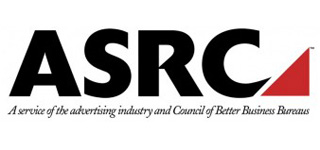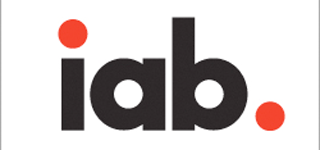For decades, brands have been supporting causes — or rather pretending to support causes — not because they actually believe in them but because it has shown to boost sales. This phenomenon is called causewashing.
Sometimes there are consequences for brands that don’t walk the walk they talk in their ads, but most of the time, there are not. So it’s important that consumers know what causewashing is so that they can avoid falling victim.
Here are six types of causewashing with an example for each.
Fairwashing
Happens when: a brand says it follows ethical standards related to the treatment of its workers and the communities where its products are grown or manufactured when it really doesn’t.
For example: Nestlé asserted its cocoa “supports” or “helps” farmers when, according to a class-action complaint*, the chocolate is “primarily procured from farms using the worst forms of child labor.”
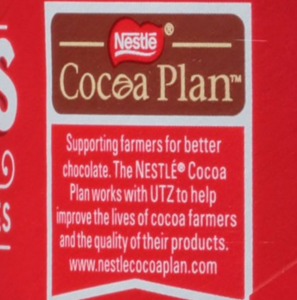
*In March 2021, the case was dismissed When a complaint is dismissed without prejudice, an amended version of the complaint can be refiled..
(The coffee industry has also faced criticism over the exploitation of its workers at farms that are certified as slave-free.)
Greenwashing
Happens when: an ad makes something sound better for the environment than it actually is.
For example: Volkswagen claimed its “clean diesel” engines reduced nitrogen oxide (NOx) emissions that are harmful to the environment by 90 percent when, according to a complaint by the FTC, the engines emitted NOx emissions at levels up to 40 times the U.S. limit. (For more examples of greenwashing, click here.)
Humanewashing
Happens when: an ad makes a misleading claim about the treatment of animals or the conditions in which they are born, raised or slaughtered.
For example: Pork producer Hatfield Quality Meats claimed its pigs were “ethically raised by family farmers committed to a higher standard of care,” when, according to an inquiry by the National Advertising Division, the company couldn’t prove that the pigs were raised in a more ethical manner than conventional production.
Pinkwashing*
Happens when: a brand claims to care about breast cancer but at the same time makes products that are linked to the disease.
For example: KFC’s “Buckets for the Cure” campaign pledged to donate 50 cents from each specially branded pink bucket of fried chicken to breast cancer advocacy group Susan G. Komen for the Cure, but critics of the partnership noted that eating fatty fried foods increases the risk of breast cancer.
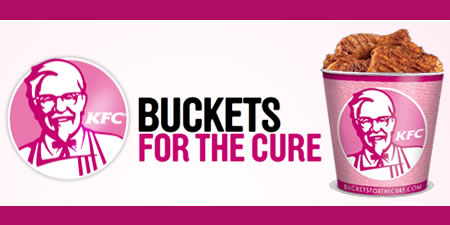
*In the context of LGBTQ rights, pinkwashing is used to describe marketing that seeks to profit from Pride Month in June by selling rainbow merchandise.
Purplewashing aka Feminismwashing
Happens when: an ad carries a message of gender equality or female empowerment that isn’t matched by the company’s own internal practices.
For example: Procter & Gamble launched an ad campaign for its feminine hygiene brand Always called “Like a Girl” that was aimed at dismantling gender stereotypes at a time when all the parent company’s top five earners were male.
Wokewashing
Happens when: a brand says it’s committed to progressive causes such as social activism but doesn’t honor that commitment.
For example: Unilever announced that it was pausing brand advertising on Facebook, Facebook-owned Instagram and Twitter in response to hate speech on the social media sites, but continued to allow one of its influencers, international pop star Halsey, to post ads for Magnum ice cream on Instagram.
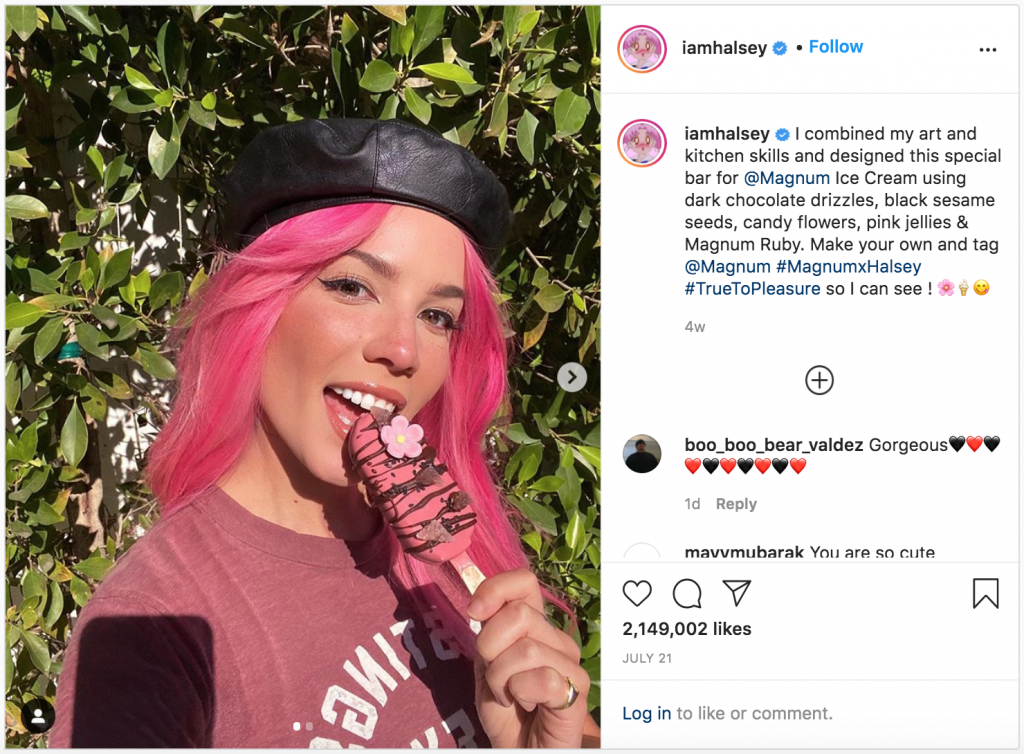
The takeaway?
In short, causewashing sells. If you want to support a cause, you might consider donating to that cause directly, if possible. That way, you can guarantee that your money gets to the right place.
